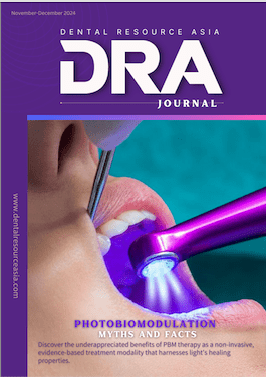Novel Protocol Shows 99% Success Rate in High-Risk Patients
A groundbreaking development in dental care for cancer patients has emerged from Guy’s and St Thomas’ Hospital in London, offering new hope for those previously unable to undergo essential dental procedures. According to reporting from the Standard, medical teams have successfully developed a pioneering four-step protocol that allows for safe tooth extraction in cancer patients taking specific medications.
Background of the Medical Challenge
The development addresses a significant medical dilemma where cancer and osteoporosis patients taking certain medications have traditionally been advised against invasive dental procedures. This restriction exists because these medications impair the jaw bone’s healing capacity, potentially leading to osteonecrosis – an incurable condition causing repeated infection, tooth loss, and eating difficulties.
The Four-Step Innovation
The newly developed protocol involves a comprehensive approach to dental surgery. Initially, surgeons conduct a 3D scan to verify the absence of jaw bone death. This is followed by a crucial consultation between the patient’s oncologist and dentist to evaluate whether cancer treatment should be temporarily suspended.
The surgical procedure itself incorporates a specialized technique called alveoloplasty, where surgeons clean and smooth the bone socket after tooth removal, promoting accelerated healing. Post-operative care includes antibiotic administration to prevent infection.
Clinical Evidence and Success Rate
The protocol’s effectiveness has been rigorously tested through clinical review. As reported in the Standard, researchers evaluated the technique on 46 cancer and osteoporosis patients, performing 124 tooth extractions. Significantly, none of the patients developed osteonecrosis following the procedures.
Expert Perspective
Mr Vinod Patel (pictured left), who leads dental services for cancer and conducted the review, explains the significance of this development: “The current guidance worldwide is to have your teeth checked before taking certain medications, and avoid having teeth out during or after treatment. Though this preventative approach is good practice, unfortunately extractions are still required in certain circumstances and may not be avoidable.”
Patel further elaborates on the protocol’s importance: “We recognise that these medications are necessary and valuable for the conditions they treat, but we also have to be able to support patients with their life-long dental health, which is why we’ve created this protocol based on the patient need. We’re so happy that we’ve been able to demonstrate that necrosis can be limited during tooth extraction for these at-risk patients, and offer them a viable treatment option to relieve their pain.”
Future Implications
The findings, which have been published in the British Dental Journal, represent a significant advancement in dental care for cancer patients. This development could potentially transform the approach to dental treatment for patients undergoing cancer therapy, offering a safe solution for those who previously had limited options for dental care.
The information and viewpoints presented in the above news piece or article do not necessarily reflect the official stance or policy of Dental Resource Asia or the DRA Journal. While we strive to ensure the accuracy of our content, Dental Resource Asia (DRA) or DRA Journal cannot guarantee the constant correctness, comprehensiveness, or timeliness of all the information contained within this website or journal.
Please be aware that all product details, product specifications, and data on this website or journal may be modified without prior notice in order to enhance reliability, functionality, design, or for other reasons.
The content contributed by our bloggers or authors represents their personal opinions and is not intended to defame or discredit any religion, ethnic group, club, organisation, company, individual, or any entity or individual.

